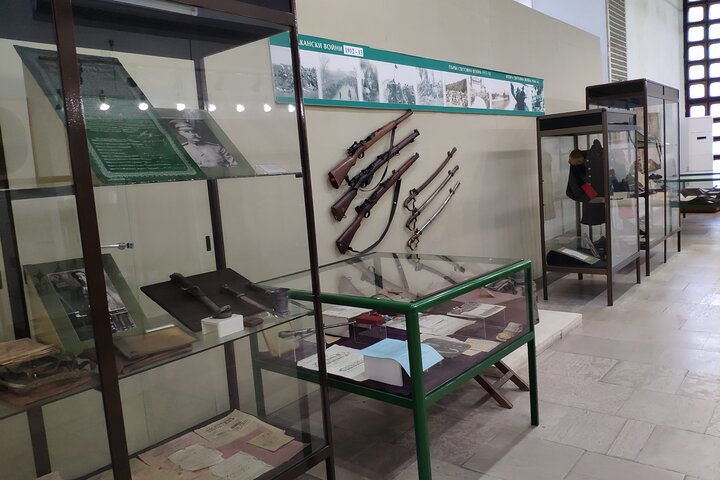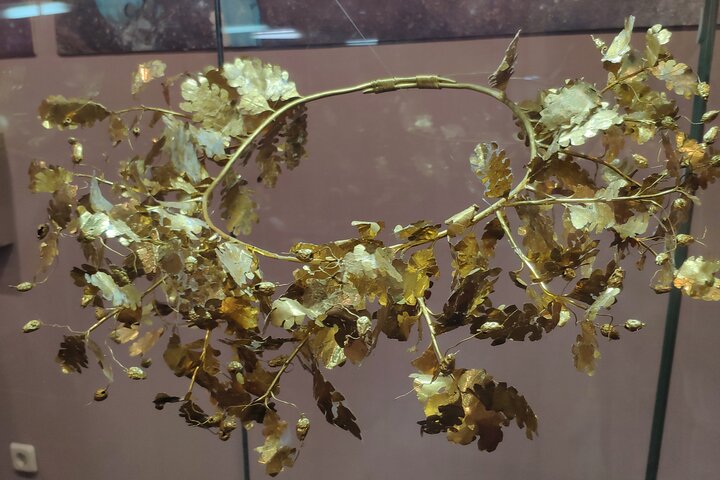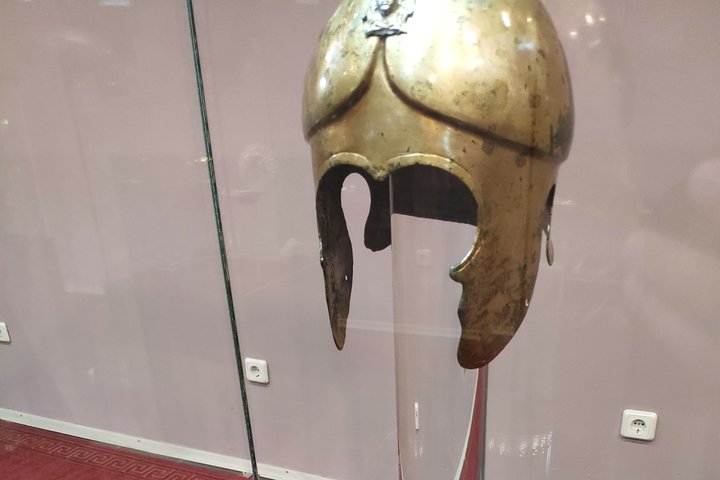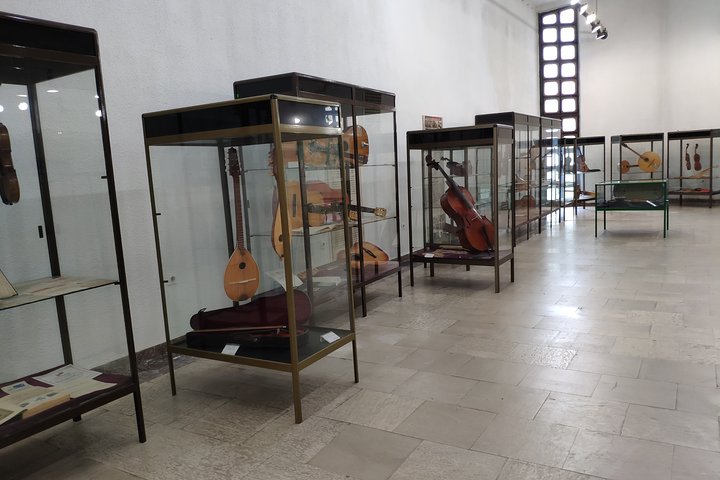Exploring Kazanluk’s Past: A Family Adventure at ISKRA Museum
Our family’s European adventure led us to Kazanluk, where the ISKRA Historical Museum offered a captivating self-guided tour. Join us as we explore the rich history of the Valley of Roses and the Thracian Kings.
Discovering the Rich Tapestry of Kazanluk
Our family journey through Europe has always been about uncovering the stories that lie beneath the surface of each destination. When we arrived in Kazanluk, Bulgaria, the allure of the Valley of Roses and the Valley of the Thracian Kings was irresistible. The ISKRA Historical Museum promised a deep dive into the region’s past, and the self-guided tour format was perfect for our curious minds.
Upon entering the museum, we were greeted by the grandeur of its architecture, a testament to its long-standing history since its founding in 1901. The electronic guide, easily accessible on our devices, allowed us to navigate the museum’s vast collection at our own pace. This freedom was particularly appreciated by our children, who could linger over the exhibits that captured their imagination, from the intricate Thracian treasuries to the medieval ceramics.
The museum’s layout is thoughtfully designed, with each section offering a unique glimpse into different eras of Kazanluk’s history. The Archeology and Ethnography departments were particular highlights, showcasing the evolution of the region’s material and spiritual culture. As we moved through the exhibits, the stories of the past came alive, painting a vivid picture of the people who once called this valley home.
A Journey Through Time
The ISKRA Historical Museum is a treasure trove of artifacts, each with its own story to tell. The collections of bone sickles, the largest in South-Eastern Europe, were a fascinating insight into the agricultural practices of ancient times. Our children were particularly intrigued by the cold steel and firearms, imagining the lives of the warriors who wielded them.
One of the most captivating sections was the treasury hall, where the newest golden, silver, and bronze findings from the Thracian temples are displayed. The golden wreath of Seutus III, along with his helmet and knee-pads, were breathtaking in their craftsmanship and historical significance. These artifacts not only highlight the wealth and artistry of the Thracian civilization but also their deep connection to the land.
The museum’s ability to weave together the threads of history into a coherent narrative is truly commendable. Each exhibit is a piece of a larger puzzle, inviting visitors to piece together the story of Kazanluk’s past. This interactive approach to history is something I always strive to incorporate into my own work as a museum curator, making the experience both educational and engaging for visitors of all ages.
Embracing the Freedom of Exploration
What sets the ISKRA Historical Museum apart is its embrace of modern technology to enhance the visitor experience. The self-guided tour, facilitated by the electronic guide, offers a level of flexibility that traditional tours often lack. This approach allows families like ours to tailor the experience to our interests, ensuring that everyone, from the youngest to the oldest, is engaged and inspired.
As we wandered through the museum, I couldn’t help but appreciate the freedom to explore at our own pace. There were no time constraints or group dynamics to consider, just the pure joy of discovery. This format also encouraged our children to take the lead, asking questions and making connections between the exhibits and the stories they had learned.
Our visit to the ISKRA Historical Museum was a highlight of our time in Kazanluk. It offered a perfect blend of history, culture, and innovation, making it an ideal destination for families seeking a meaningful and enriching experience. As we left the museum, I felt a renewed sense of inspiration, eager to bring some of these ideas back to my own work and continue our family’s journey through the rich tapestry of Europe’s past.












































